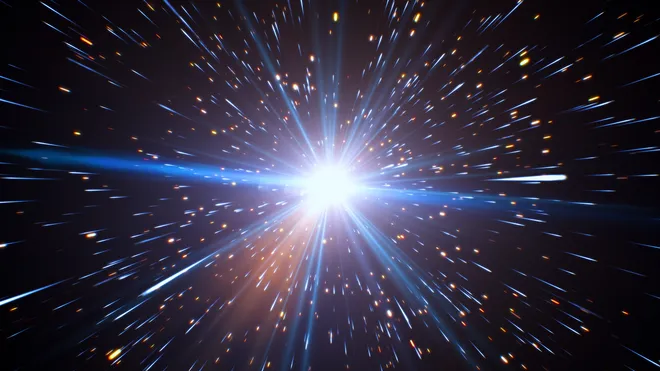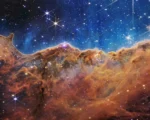T Corona Borealis, a binary star system in the Northern Crown constellation, has become a focal point for astronomers closely watching for signs of a rare stellar eruption. The system consists of a white dwarf and a red giant, with the white dwarf drawing material from its companion. Over time, this accumulation of matter on the surface of the white dwarf could lead to a thermonuclear explosion, known as a Nova. The last such eruption was recorded in 1946, and there are increasing indications that another outburst might be imminent, sparking global interest among scientists and stargazers alike.
The potential for a nova eruption has been suggested by the recent observations of the system. In 2015, a brightening event was recorded, followed by a dimming in 2023, which mirrored the pattern seen in the lead-up to the 1946 eruption. These fluctuations in brightness are fueling speculation that T Corona Borealis could soon erupt again. If this occurs, the resulting nova could be visible to the naked eye, becoming one of the brightest objects in the sky, comparable in visibility to some of the most prominent stars.
A study published in the Monthly Notices of the Royal Astronomical Society has added weight to the eruption predictions. Researchers have noted that the system’s behavior between 2015 and 2023 closely resembles the activity seen before previous eruptions, particularly the high levels of brightness and activity in the accretion disc surrounding the white dwarf. T Corona Borealis is one of only eleven known recurrent novae, with documented eruptions occurring in 1217, 1787, 1866, and 1946. Given this historical pattern, scientists are predicting that the next eruption could take place as soon as within the next one or two years, with specific dates being suggested between March 27 and November 10 of this year, or as far out as June 25, 2026.
There has also been speculation about the potential influence of a third object within the binary system, which could be affecting the behavior of the stars. However, leading astronomers such as Dr. Léa Planquart of Université de Strasbourg and Dr. Jeremy Shears of the British Astronomical Association have dismissed this theory, pointing out the lack of supporting evidence. Instead, they believe that the most likely cause of the impending nova eruption is the heightened activity in the accretion disc of the white dwarf. With experts predicting the eruption’s timing with increasing certainty, the world may soon have the opportunity to witness one of nature’s most spectacular cosmic events.


















